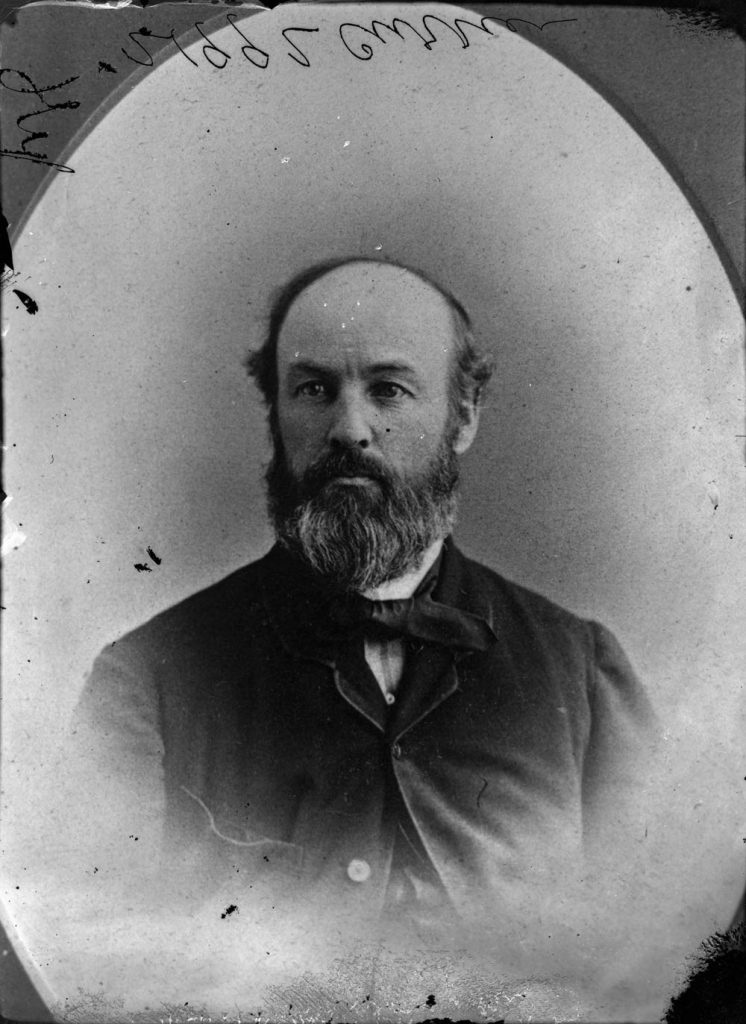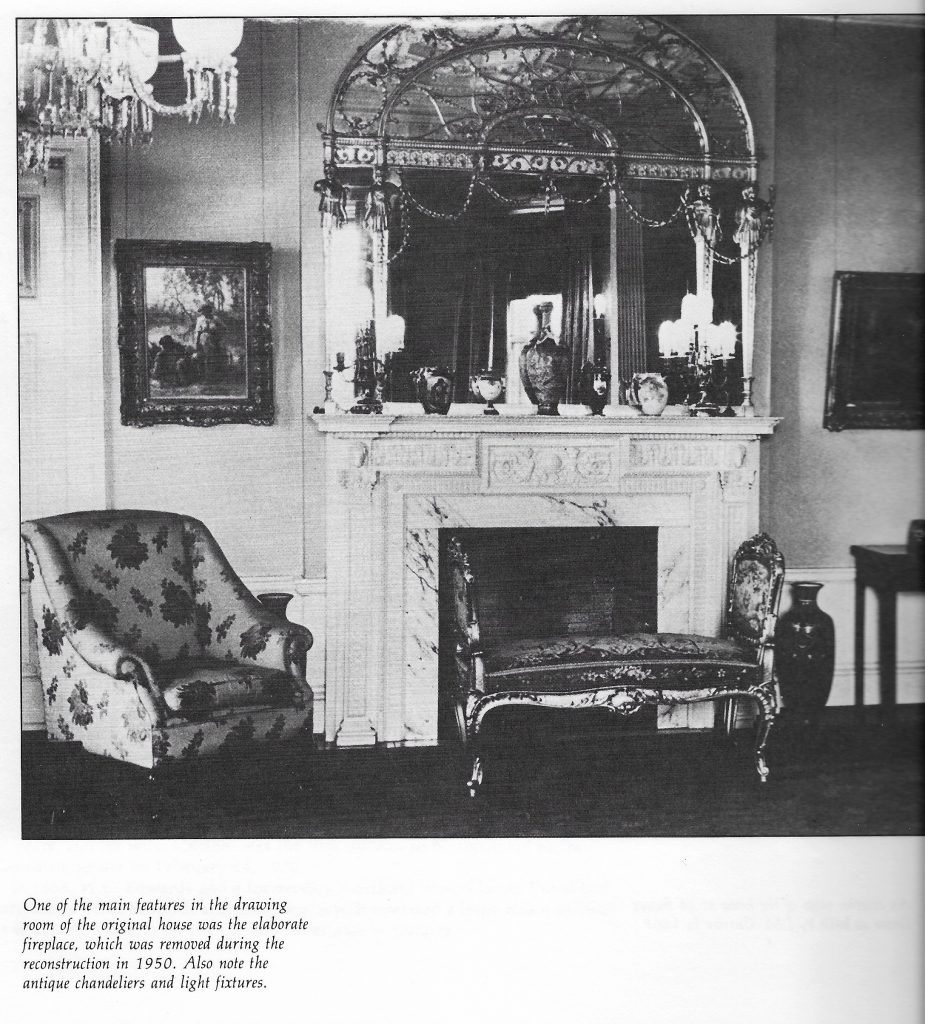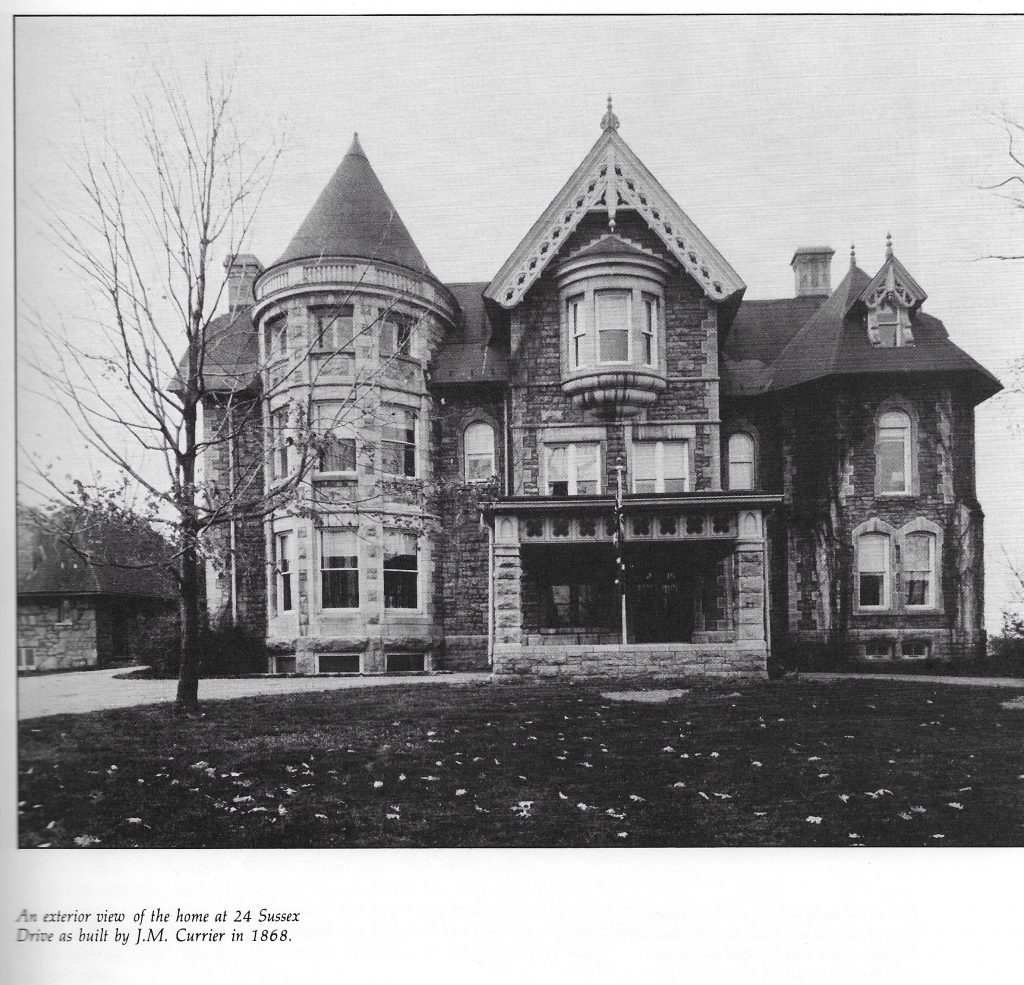The residence at 24 Sussex Drive is gradually decaying at the expense of Ottawa’s taxpayers.
The rooftop needs to be restored, the windows replaced, the asbestos removed and the plumbing repaired – all to make up for neglecting the building since the 1950s. The National Capital Commission released a draft plan in 2017 that promised to “renew and transform the prime minister of Canada’s official residence.” But the renovations have yet to begin.

For now, the house stands still, deserted and unlivable – which was not the case when it was built in 1868.
The first owner of 24 Sussex Drive was Joseph Merrill Currier – a lumber magnate from North Troy, Vermont, who moved to the town of New Edinburgh in 1853 to grow his business. Although his career as a businessman and member of parliament was always prosperous, the same couldn’t be said about his personal life.
In 1855, he lost three of his children to infant mortality. Three years later, his wife, Christina Stenhouse Wilson, passed away of grief. His second wife, Anna Crosby, gruesomely died at a flour mill co-owned by Currier. She was walking through the mill during its anniversary party in 1861, when she lost her balance and fell into a water turbine that caught her dress.
It was his third marriage to Hannah Wright that put a stop to his personal tragedy.
The granddaughter of Philemon Wright (founder of present-day Gatineau), Hannah Wright was known for her talents as a hostess. So as a wedding gift, Currier promised to build her a house that was fit for a grand party – a building that later became 24 Sussex Drive.
The construction lasted between 1866 and 1868. By the time it was nearly complete, an article by the Ottawa Citizen in 1867 called the “beautiful villa” gothic, and the design of the house “chaste and elegant.” The article also mentioned that the house featured marble mantelpieces, walnut floors, an oak staircase and “ornamental work in every room.”

According to David Jeanes, the president of Heritage Ottawa, what was unique about the house was that “it was twice as long as it was wide” (25 by 12 metres). Jeanes studied the building at 24 Sussex Drive as part of a larger research project that focused on Confederation-era mansions in Ottawa. He thinks the building was unusually lengthy “because it was along the river, to take advantage of views to the North.” The Ottawa Citizen confirmed Jeanes’ theory – overlooking the Ottawa river, luscious fields and distant hills, the article from 1867 said the view from Currier’s property embodied a “quiet beauty” like no other in Ottawa.
When the construction was finalized, Currier named his home Gorffwysfa, which translates to “a place to rest” from Welsh.
“The funny thing, is that I have not been able to find the evidence that there was any Welsh blood,” says Jeanes about Currier’s family. He believes the name came to Currier when he visited or read about a place in North Wales called Gorphwysfa, “where people rested before making the final climb to the top of Mount Snowdon,” says Jeanes.

Currier died in 1884, and after his wife passed away in 1901, Currier’s son James sold the house to William Cameron Edwards, a Canadian businessman and parliamentarian.
In 1943, the house was expropriated by the federal government and significantly renovated in 1949 to become the official residence for the prime minister of Canada. The building was stripped of its Victorian features and replaced by the modern architecture of the 1950s.
“There isn’t very much that’s left that was original from Joseph Currier’s house,” says Jeanes.
The first prime minister to live at the residence was Louis St. Laurent, who moved in in 1951. Since then, nine prime ministers have resided at the house originally built by Joseph Merrill Currier.
But given the poor state of the current residence, whether the building at 24 Sussex Drive will live to see another prime minister is still unknown.
Supporting Documentation Information Sheet
Featured image: Fire Insurance Plan, Ottawa 1888. Photograph: from the online database of Library and Archives Canada.

